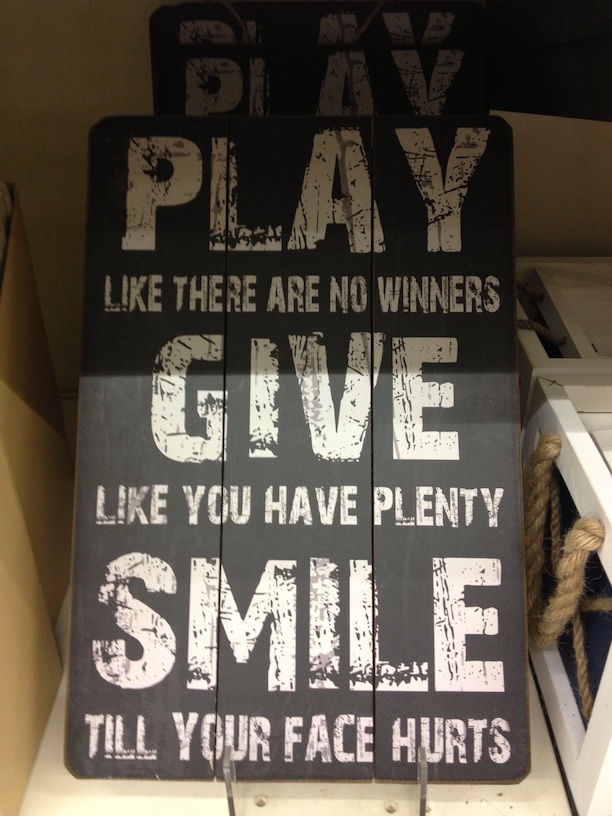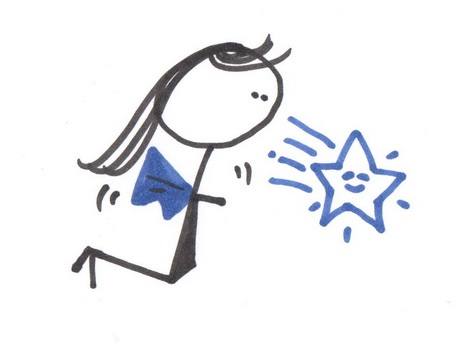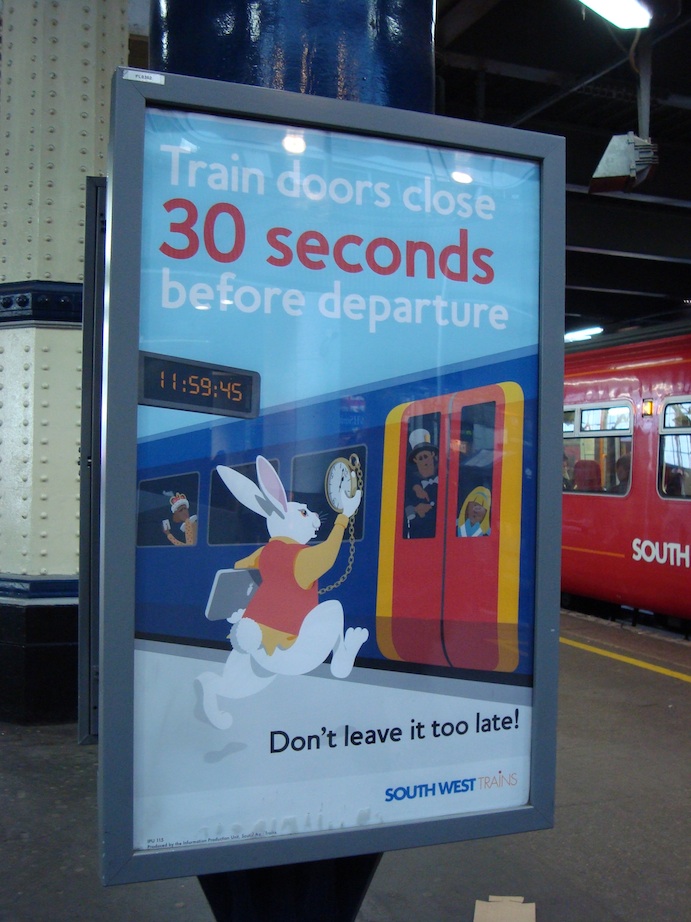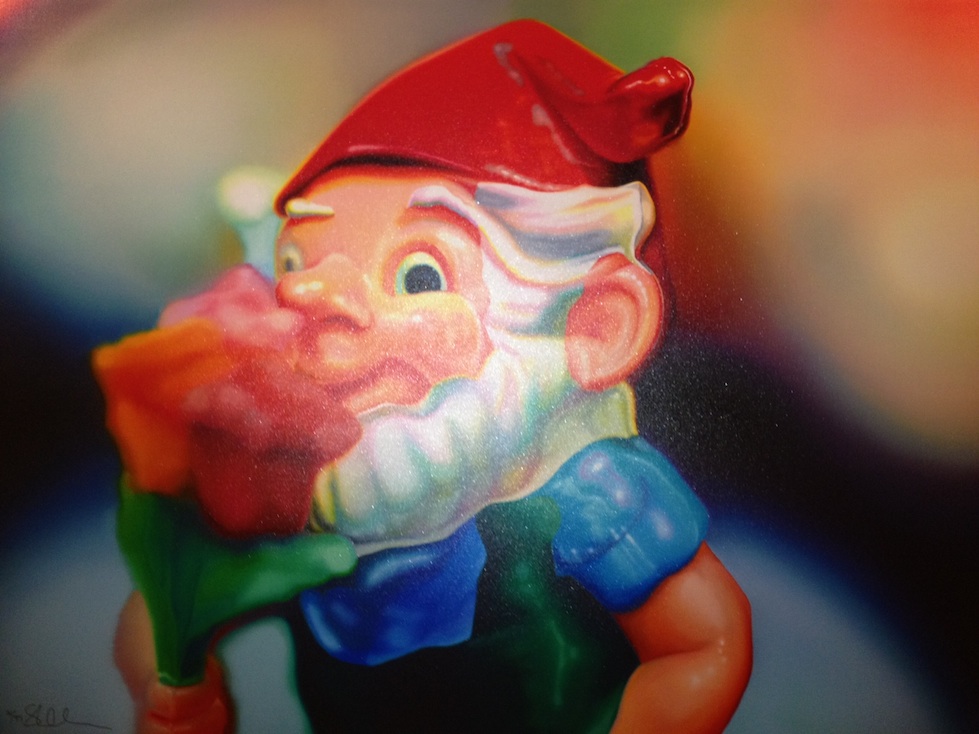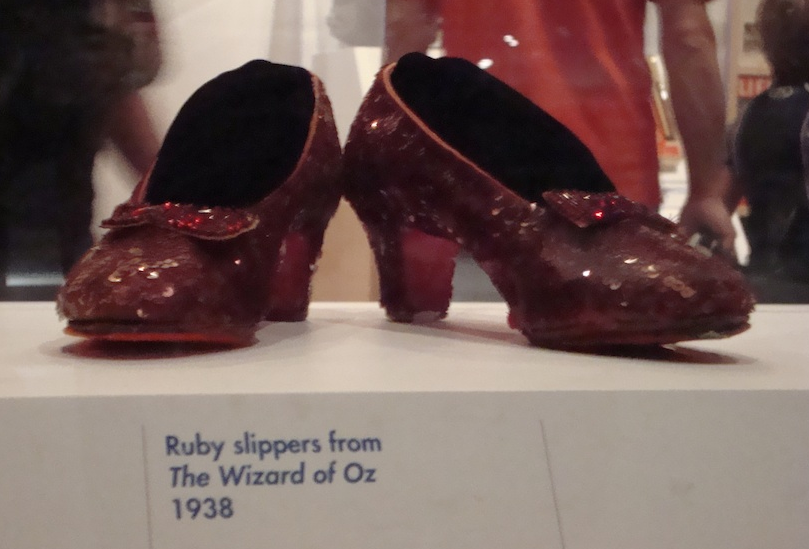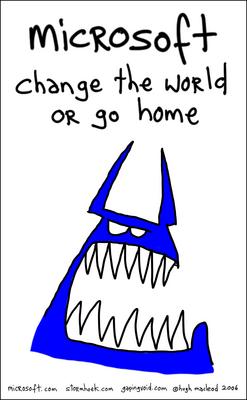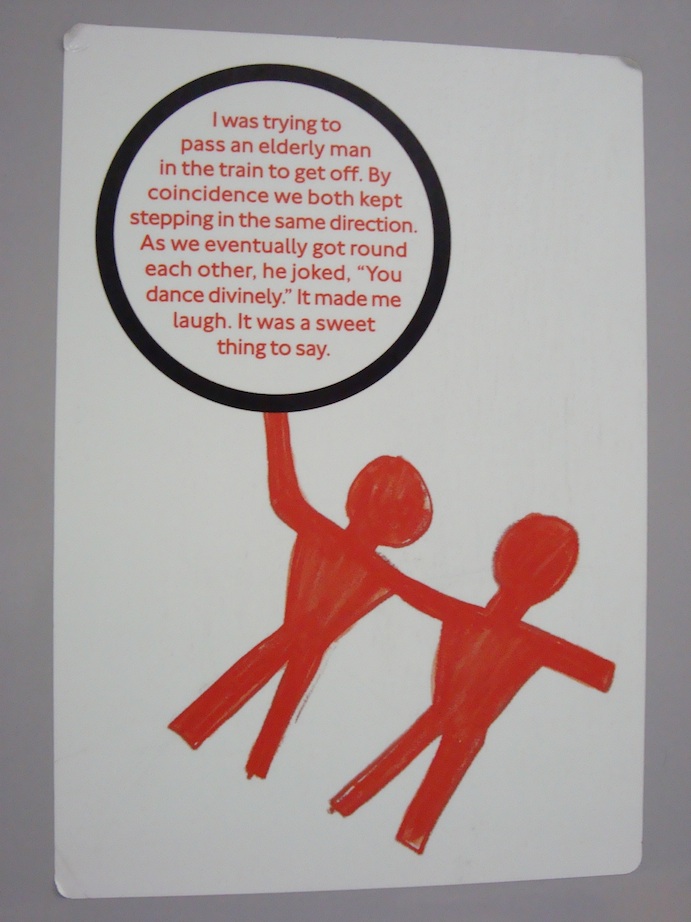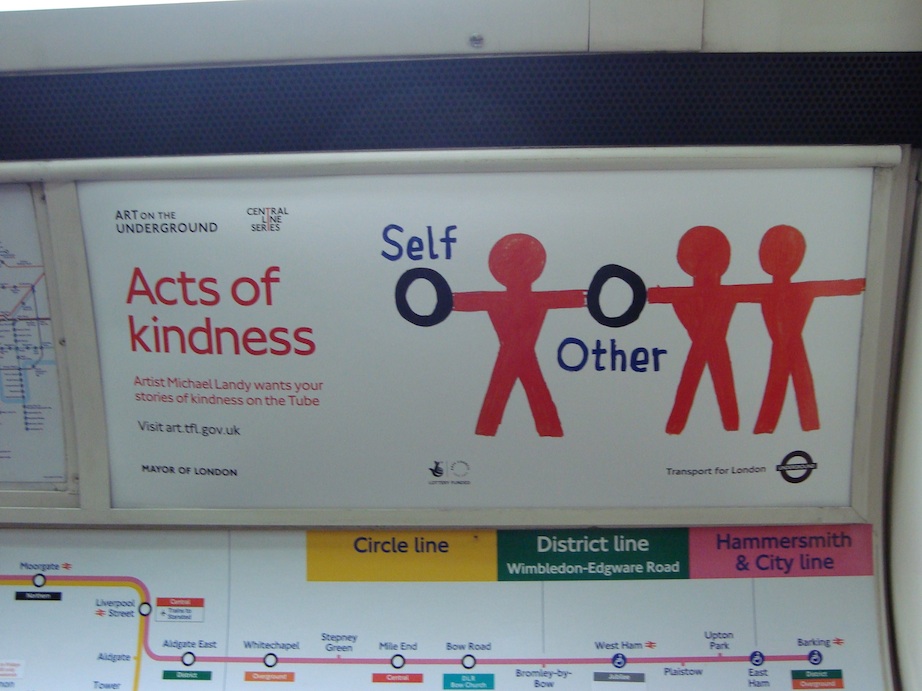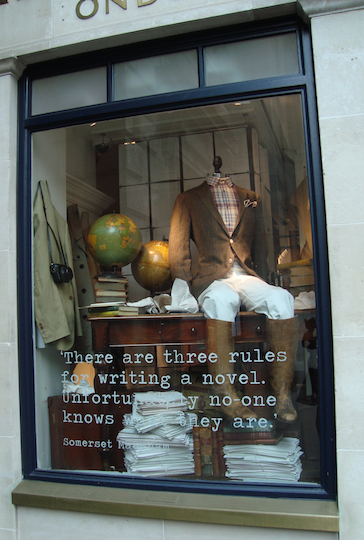To give you a flavour of what the book’s like, here’s the piece I wrote about myself submitted to Yves and his team. A big “Thank You” to Yves for making me think!

Who is Agile? Featuring Portia Tung
What is something people usually don’t know about you but has influenced you in who you are?
I didn’t always study and work in the field of IT. My first degree was in English and French during which I spent a year out in Paris, France as an English language assistant.
My most memorable moment was during my first lesson when an African young man asked me, in French, “Will you give me a lower grade because of the colour of my skin?”
My brief language assistant training hadn’t prepared me for this. I was so surprised by the question that I had to re-parse his question several times in my head to be certain I’d heard correctly. I’d grown up with prejudice in many different guises, so his question struck a chord.
And so I drew on my limited life lessons up to the tender age of 19 and replied gently, yet firmly, “When you are in my class, the only thing that matters is how much you want to learn. I will help you if you are willing and your grade will reflect your endeavour.”
Looking back, that year abroad marks the starting point of my passion for the love and science of lifelong learning. That’s when I began my lifelong pursuit of realising human potential, that in others as well as in myself.
If you would not have been in IT, what would have become of you?
Most probably a teacher and a writer related to social enterprise. In practice, I have similar roles in IT: as a trainer, coach and international conference speaker (presenting in English and sometimes even in French!) as well as being a blogger and storyteller.
As for the social enterprise element, I collaborate through giving and sharing what I have whenever I can by making my games available under the Creative Commons licence. It’s my small way of “doing good”. Great things can come from humble beginnings I’m told. My projects include: Agile Fairytales, Playmaking andAgileCoach.net.
What is your biggest challenge and why is it a good thing for you?
It’s tough to admit this, but my biggest challenge is myself. I’ve come to realise that the only thing standing between us and our dreams is ourselves. It’s easy to make excuses about why we don’t have the things we feel we deserve.
Using the concepts from Stephen Covey, author of “The 7 Habits of Highly Successful People”, I’ve come to realise that both our span of control and sphere of influence are much bigger than we think. If we put our heart, mind and body into our endeavours, we can achieve what we need to be happy.
I’ve also come to realise that the value of our life’s journey can be amplified with love, patience and understanding of others and, most importantly, of ourselves. After all, only you can change yourself for the better.
What drives you?
The thought of succumbing to the fate of an adult sea squirt. Did you know that once an adult sea squirt finds a rock or some place to live out the rest of its life, it ends up devouring its own brain and nervous system since it no longer has need to think and learn?
To avoid becoming a human zombie, you have to “use it or lose it”. This can be hard work at times and that’s why I invest so much effort in making learning fun. It keeps me growing regardless of which way the tide is flowing.
What is your biggest achievement?
To love what I do AND be doing what I love.
It’s taken me years to realise that I’d always had the power to create my dream job. Bit by bit, with each day that passes, I’m realising that dream to a greater degree. Work is the means by which I become more competent, develop my creativity and my ability to innovate. Most importantly, it’s the main vehicle by which I achieve my life’s purpose of serving others.
My work requires me to be many things, such as trainer, coach, speaker. It’s also a source of great inspiration for my blogging and storytelling.
I have a theory that for a human being to make the most of their human potential, they have to love what they do and do what they love. For most of us, one eventually leads to the other. In my opinion, these are the two pre-requisites for achieving “flow”. Flow, in turn, leads to achievement, excellence and fulfilment.
What is the last book you have read?
“Eat, Pray, Love” by Elizabeth Gilbert. It’s about the journey and adventure of a woman experiencing a thrisis (a midlife crisis in one’s thirties). Elizabeth is a funny, quirky and talented storyteller. She tells it like it is, warts and all. Although I’m not a religious person, Elizabeth’s story has helped me better see the interconnections between spirituality and Systems Thinking, how we are all part of a greater whole. It has shown me how we can apply the principle of Global Optima, not just to our decisions and processes at work, but to our daily lives at at large.
I strongly recommend seeing and hearing Elizabeth Gilbert in action on ted.com.
What question do you think I should also ask and what is the answer?
Q: What is your worldview?
A: “Enough is enough” by which I mean I think there is enough of what we need to go around. And if we choose to share, then we will discover there is actually plenty. That’s how I strive to operate at work and at home. Instead of hoarding resources, information and opportunities, I choose to share. I call it “sustainable philanthropy”.
What question of one of the co-authors do you also want to answer?
Q: Where do you go to learn? (From Jenni Jepsen)
A: Ted.com. It’s my modern day oracle. I type in the keyword/topic I’m most interested in at a given moment in time and end up on many adventures that span cultures, disciplines and experiences. My latest favourite Ted talk is one by Alain de Botton about “a gentler philosophy of success”.
Who should be the next person to answer these questions?
Martin Heider: A larger than life fun-seeking and appreciative coach who constantly challenges people to be the best they can be.
Katrin Elster: A fun-meister who’s crazy about creativity, people and play
Vera Peeters: For co-creating The XP Game, the first Agile game I ever played and marked the start of my personal and professional Agile adventure!
Pascal Van Cauwenberghe: For co-creating The XP Game and showing me that doing what you love is a reality we can all make happen if we choose to!
